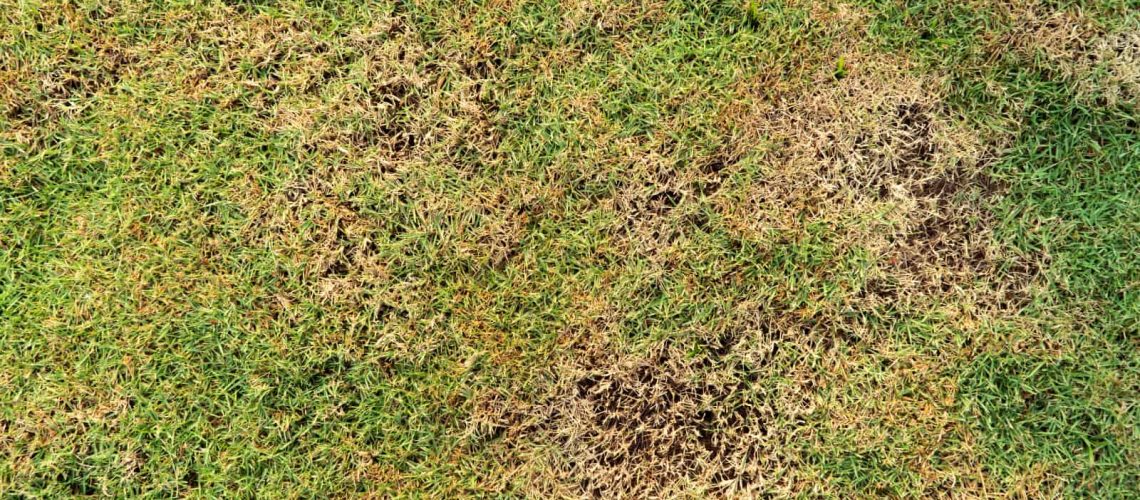A verdant-looking lawn requires plenty of time and attention. While watering the grass and mowing the lawn are excellent ways to keep it looking attractive, pest control is also essential to a lush-looking lawn.
Numerous pests can wreak havoc on your lawn. If you suspect pests have invaded your lawn, keep reading to learn more about how you can get rid of them.
Common Lawn Pests In Florida and the Damage They Cause
If you’re looking to eliminate pests that are wreaking havoc on your lawn, you’ll first need to identify the exact bug causing destruction. This first step is crucial because pest elimination methods vary from one bug to another.
Once you have identified the bug, lookout for signs of pest infestation. Usually, brown or yellowish spots are the most common sign of a pest infestation. Besides that, other signs include visible insects in the turf layer, wilting blades, and blades with bite marks. If you notice one or more of the signs above, you have a pest problem on your hands. But don’t worry. You can eliminate pests and restore your lawn to its previous glory.
That said, here are the most common lawn pests and how you can eliminate them:
Mole Crickets
Mole crickets spell bad news for your lawn. Any of the three non-native species found in Florida – the southern, short-winged, and tawny – cause damage in more than one way:
- Both adults and nymphs feed on the grass’s roots and blades, especially at night after irrigation or rain.
- Their extensive tunnelling near the surface dislodges grass, leaving it to dry out and die.
Fortunately, professionals are adept at getting rid of them. If you suspect you’re dealing with a mole cricket infestation, get in touch with a pest control service immediately.
Grubs
Grubs (also known as white grubs or beetle larvae) are arguably the most destructive lawn pest. They usually feed on lawn grass roots just below the soil surface, impeding the grass’s ability to take up nutrients and water from the soil.
Signs of grub damage usually aren’t evident at first. However, obvious signs of a grub infestation usually include wilted grass blades, brown patches, and eventual death. If you also notice predators such as moles, birds, and opossums feeding on your lawn, your lawn is likely grub-infested.
You can bring grubs under control by using a granular insecticide. However, before treating your lawn for grubs, mow it. This enables the insecticide to penetrate the soil. Some homeowners have also successfully eliminated grubs using biological control methods such as introducing nematodes into the soil. If you’re uncertain what elimination method is suitable for you, consult your local pest controller.
Chinch Bugs
The chinch bug is another common lawn pest. While there are various species of the bug, the hairy chinch bug is the most common. Chinch bugs are sap-suckers that destroy grass by sucking the juice out of it. Additionally, they inject toxins into the grass, affecting the grass’s ability to absorb water. Resultantly, the grass withers and eventually dies.
Chinch bugs generally wreak the most havoc in the summer when they are actively feeding. If you notice your grass starting to turn purplish, wilt, and turn brown, it’s likely due to a chinch bug infestation.
Chinch bugs like to live in the thatch layer. Therefore, remove thatch buildup before beginning treatment. Afterwards, apply a pesticide designed particularly for chinch bugs and lightly water your lawn once done.
While using a pesticide may kill chinch bugs, it may fail to kill their eggs. Therefore, to eliminate chinch bug eggs, apply the pesticide again roughly six weeks later.
Lawn Maintenance Tips
Unfortunately, no matter what you do to maintain your lawn, you’ll deal with a bug infestation at one point or another. However, here are some best practices you can follow to deter bugs and prevent infestation:
- Water your grass regularly but don’t overwater it.
- Plant grass that’s adapted to your area.
- Mow your lawn regularly but don’t cut the grass too short as this may cause thatch buildup that attracts lawn pests.
If you need help getting rid of pests, CWG Landscape can help. Contact us to learn more about our pest control services.

